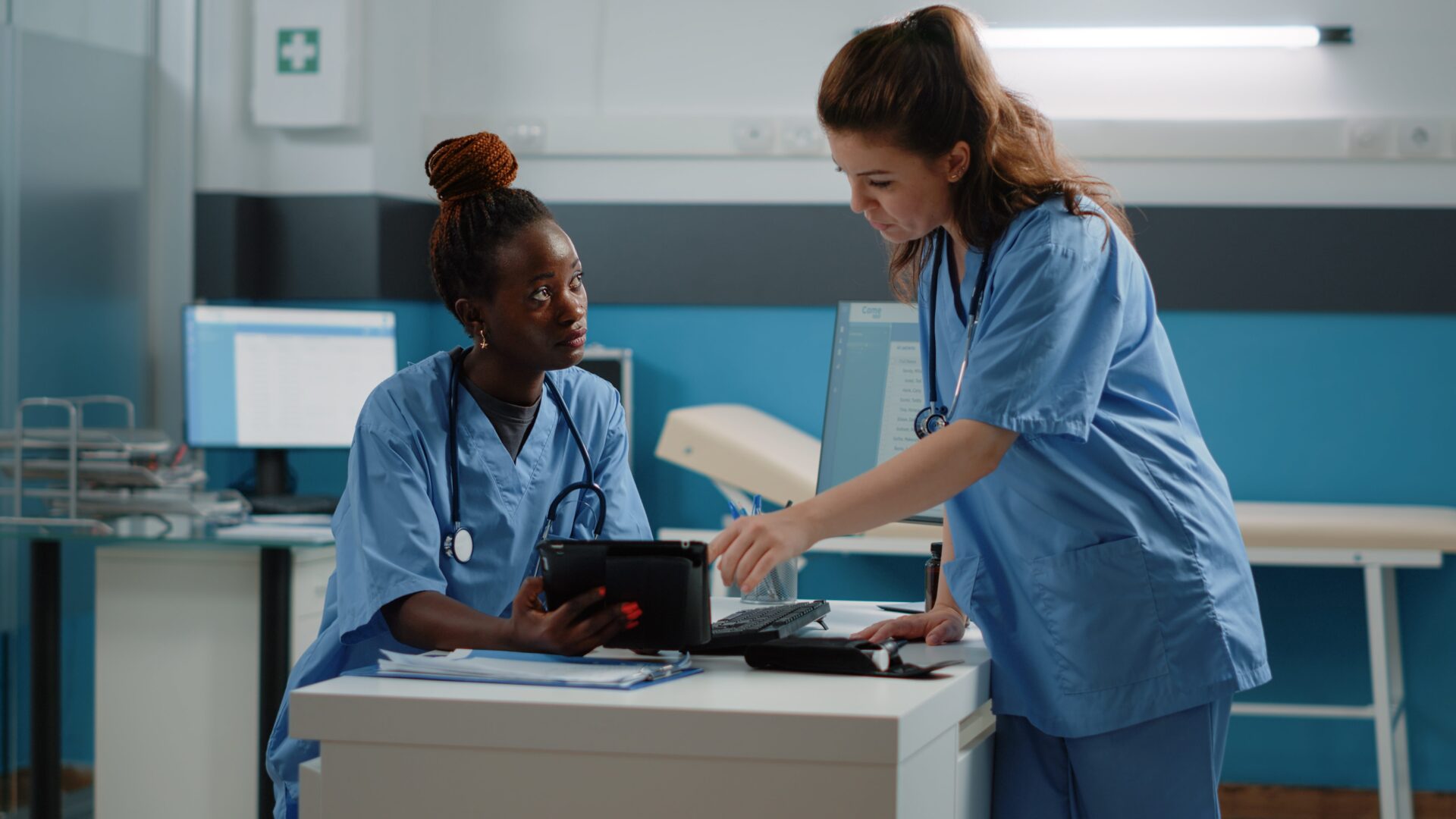Summary
The Innovation Agency, Roche Products Limited and Roche Diagnostics Limited piloted and evaluated a community pathway to rapidly test and treat flu.
The project aimed to help improve patient care and help reduce the pressure on secondary care.
"
The very thorough and quick response was excellent. I was asked to go in and see the GP at the surgery, I was checked over and the test was done there and then. I returned home and was phoned by the GP to confirm I had flu. Medication was arranged. I was relieved I had got the care from my GP’s surgery at the outset. Extremely satisfied with the service.
"
What the project involved
This collaborative working agreement piloted a new pathway to test for and treat Flu A/B and Covid-19 in the community. The project was set up at three primary care networks: Healthier South Wirral in the Liverpool City Region, Priory Medical Group in York and Valleys Health and Social Care in Huddersfield – collectively covering a total of 16 GP surgeries.
The project offered point-of-care diagnostic testing to patients over the age of 65 and all at-risk patients based on flu vaccine eligibility. The test can detect the presence of Flu A, Flu B, Covid-19, or any combination of these diseases if present. The point of care test delivers results in 20 minutes.
The project aimed to provide diagnostic certainty in a primary care setting to potentially reduce referrals to secondary care.
The project team commissioned NHS-owned company HealthCall to develop a digital reporting pathway. This captured test results and National Early Warning Scores (NEWS2) which were recorded in the electronic patient records.
Independent evaluation was commissioned to establish cost, health and other potential benefits.
A total of 250 at-risk patients were tested across all sites. There was a positivity rate of 12.4% for Flu A, 1.2% for Flu B, and 10.4% for Covid-19 . Some patients who tested positive for flu were treated with antivirals where appropriate while a small number were treated with antibiotics.
Feedback from clinicians suggested the pathway was easy to understand and the test simple to deliver. Patients who were tested using the pathway also responded favourably when surveyed.
The project included qualitative interviews and questionnaires (patients and staff) and quantitative analysis of the data to provide evidence and feedback to support further optimisation and scalability in the future.
The project leadership ensured that each provider/partner – of the testing equipment, digital architecture and data analysis – could be substituted with another partner if preferred so the project could be replicated in another location in future. Each element of the project was developed with a view to spread and adoption of the pathway elsewhere.
Outcomes
The project demonstrates that a community flu test and treat pathway, including rapid diagnostics, and digital connectivity, can be successfully established, implemented and replicated in several locations.
The pilot has shown that:
- A community test and treat pathway can help improve patient care by delivering an early diagnosis, potentially preventing deterioration of the patient in primary care and thereby potentially reducing the burden on secondary care
- The patients who responded to the survey found the pathway easy to understand
- The pathway can be readily adapted in a range of community settings
- The pathway gives prescribers diagnostic certainty and therefore may support them when responding to patients’ requests for antibiotics.
Next steps
The project team will continue to work with partners to explore how the pathway can be adapted and scaled to other areas across the UK.
The team also wants to develop an implementation guide to help other adopters and will publish the findings and finalise the budget impact model to help support implementation in other sites.







